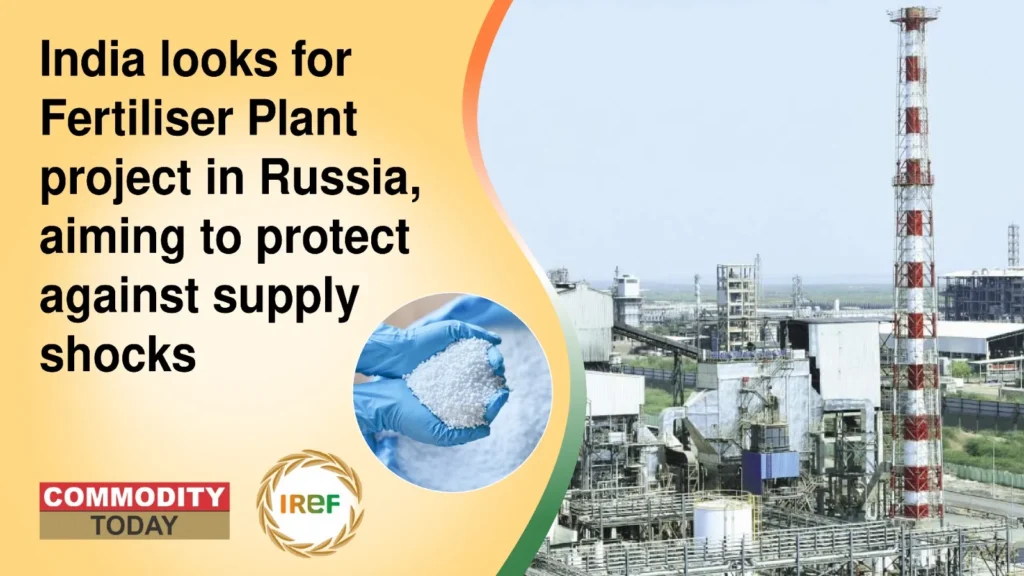After learning lessons from China’s export restrictions, Indian fertilizer companies are preparing to set up a urea production facility in Russia. The move that is likely to be announced during Russian President Vladimir Putin’s visit to India in December. This would be India’s first fertilizer plant project in Russia. The fertilizer plant will use Russia’s adequate ammonia and natural gas reserves, making sure that a stable supply of this key agricultural input and decreasing India’s reliance on volatile global prices.
Fertilizer plant projected the urea production of 2 million tonnes
The report stated that state-owned Rashtriya Chemicals and Fertilizers (RCF) and National Fertilizers Ltd (NFL), along with government-backed Indian Potash Ltd (IPL), have signed a non-disclosure agreement (NDA) with Russian partners to begin planning the project. The fertilizer plant is anticipated for urea production of nearly 2 million tonnes annually. Negotiations are underway on land allocation, natural gas, ammonia pricing, and transportation logistics. India relies on raw materials imports like ammonia and natural gas for its domestic fertilizer production. The Russian facility is expected to shield India from future price shocks and supply disruptions. It will also boost economic ties between the two nations, which already collaborate in energy, defence and agribusiness.
India still depends heavily on raw materials imports
The project emerges after the country battled with severe fertilizer shortage during the kharif season this year when as China temporarily suspended the exports of urea and other nutrients.The suspension prompted India to seek supplies from other markets at higher costs, engendering concerns about food production. Demand for fertilizers has gone up due to well-distributed monsoon rains. Nutrient-rich crops like maize are being grown by farmers.The need for urea rises even further for rabi crops such as wheat. During the winter season, They are regulated and subsidised in India, contributing to food security. The burden of government subsidies increases as global prices rise to keep fertilizers accessible and affordable for farmers. The initial budget of Rs 1.68 lakh crore rose to Rs 1.92 lakh crore for FY25 for the Department of Fertilizers. India’s domestic urea production hit a record 31.4 million tonnes in FY24. However, India still depends heavily on raw materials imports



